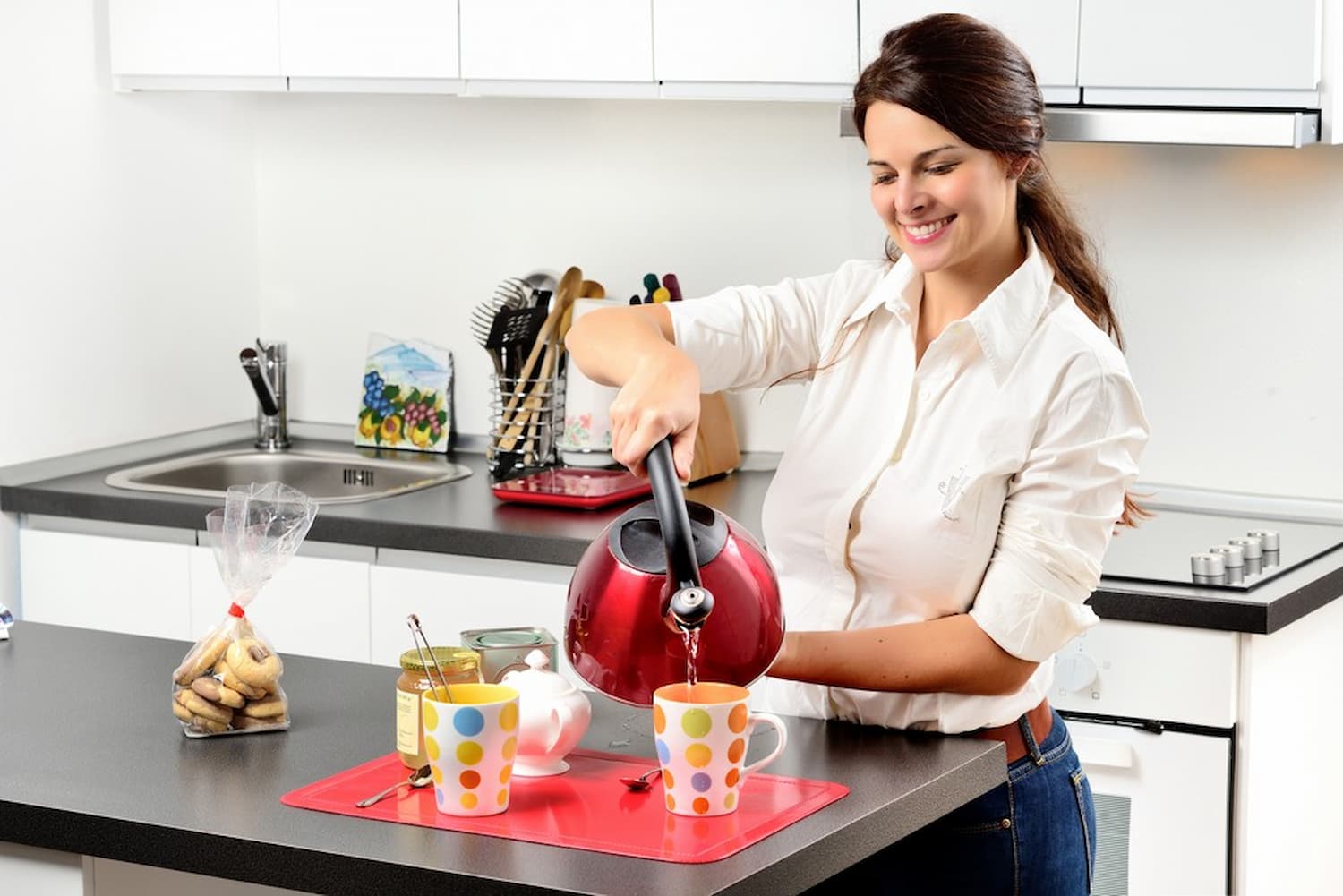
Herbal teas are popular and are a great way to get the medicinal benefits of many different herbs. However, you don’t have to buy tea. With a little knowledge and experimentation, you can make your own fresh tea blends whenever you like.
What are Herbal Teas?
A herbal tea blend is a beverage made from the infusion or decoction of herbs, spices, fruits, flower heads or other plant material in hot water. They are generally consumed for their therapeutic properties as well as their refreshing taste. Herbal teas can be enjoyed either hot or cold, and they offer a variety of potential health benefits.
Some of the most common benefits of drinking herbal tea include improved digestion, better sleep quality, reduced stress levels and enhanced overall health.
Health Benefits of Tea
The potential benefits of herbal teas for human health are abundant. Whether you prepare different types of teas using fresh leaves, edible flowers, or the plant's roots, you will reap a lot of benefits from their medicinal properties. There are several herbs that can be used to make different types of herbal tea blends. They can be used fresh or dried. Some of the most popular herbs used to make tea include ginger, chamomile, lavender, rose petals and mint.
Each herb has its own unique flavour and therapeutic properties. For example, drinking a cup of chamomile tea can induce relaxation, improve digestion and treat skin conditions, thanks to its anti-inflammatory properties. It's also a good idea to use herbs from the mint family, such as peppermint. Mint teas have antimicrobial properties and can assist with bacterial infections, nausea and bad breath.
Ginger tea is known for its ability to reduce bloating, nausea and motion sickness, while green tea consumption has been linked to cardiovascular health as it can prevent heart disease by lowering bad cholesterol, as well as several types of cancer due to its anti-cancer properties.
Source: MyDraw
About Making Your Own Herbal Teas
You could choose to use pre-made herbal tea bags, but the tea that you make yourself out of fresh ingredients is more nourishing to your body and has greater medicinal benefits. Almost any dried herb can be used in your tea, and they are readily available from most natural health food stores. Some of the many herbs available include:
- peppermint
- red clover
- rose hips
- hibiscus
- orange peel
- rose blossoms
- sage
- elder flowers
- licorice root
You can also grow your own herbs to use. The best way to use fresh herbs is to simply snip off leaves or sprigs as they are needed and add them to the tea pot. Some herbs you can grow yourself include:
- roses
- violas
- mint
- thyme
- raspberry
- chamomile
- rosemary
- lavender
- lemon balm
- scented leaf geranium
Simples and Herbal Tea Blends
If you wish to use just one herb in your tea, this is called a simple, as just one herb is infused in boiling water. Simples are great if you have an acute condition such as a headache or a stomach disturbance. If your herbal tea is for pleasure or general health, you might wish to use a blend. Choose your herbs according to their taste, colour and health-promoting properties. A herb guide may help with this. For example, tasty herbs may include mint, chamomile, hibiscus and lemon verbena. Spicy herbs include scented leaf geranium, orange and lemon peel, and rose blossoms. Relaxing herbs include chamomile, skullcap, oat straw, linden flowers and valerian. Medicinal herbs include Echinacea, red clover, licorice root, ginger, mint, sage, thyme, burdock and dandelion.
Making Herbal Teas
There are many ways to brew herbs into tea. If you want your tea to be used for medicinal qualities, always cover it while it steeps. The first step is to pour boiling water over herbs that have been placed in a non-metal container and allow them to steep for a set period of time. Some herbs will become bitter if steeped for too long while others need a longer period of time to extract their medicinal qualities. Always strain the herbs before drinking the tea. If it is strong, or you do not like the taste, use lemon, lime, mint or honey to flavour the tea.
Another way to make herbal tea is by placing the herbs in a pan of cold water and slowly bringing the water to the boil. As soon as the water boils, take the water off the heat, strain the tea, and drink it. For stronger tea, take the tea off the heat and let it sit overnight.
The best method is to use one teaspoon of herbs for every cup of water; however, this should be adjusted according to taste. If using fresh herbs, you may need to use extra. If you don’t want the herbs floating everywhere, use a tea ball to contain the herbs, or place the herbs inside an empty tea bag.
Common Herbs Used in Teas
Herbs that are commonly used in herbal teas include:
- Chamomile is very popular due to its versatility. It is used for menstrual cramps, digestive issues, fever, congestion, headaches, insomnia, and general stress.
- Anise is similar-tasting to licorice and can be used for digestive issues, coughs or congestion in tea form.
- Lemongrass can help to decrease cholesterol levels, as well as coughing, bladder problems, digestive issues, headaches, and fever. It also promotes sweating.
- Mint is excellent to make into a tea for digestive problems, and it is very gentle on the body. It can also be used to flavour other herbal teas.
For the best homemade herbal concoction, you may want to consult a qualified herbalist on their finest DIY herbal tea blends.
Originally published on Sep 22, 2008








